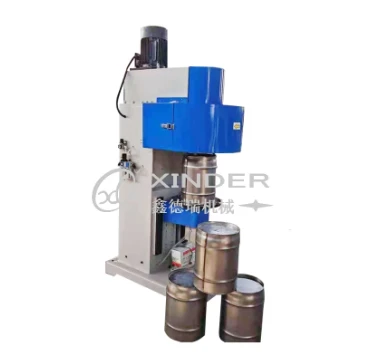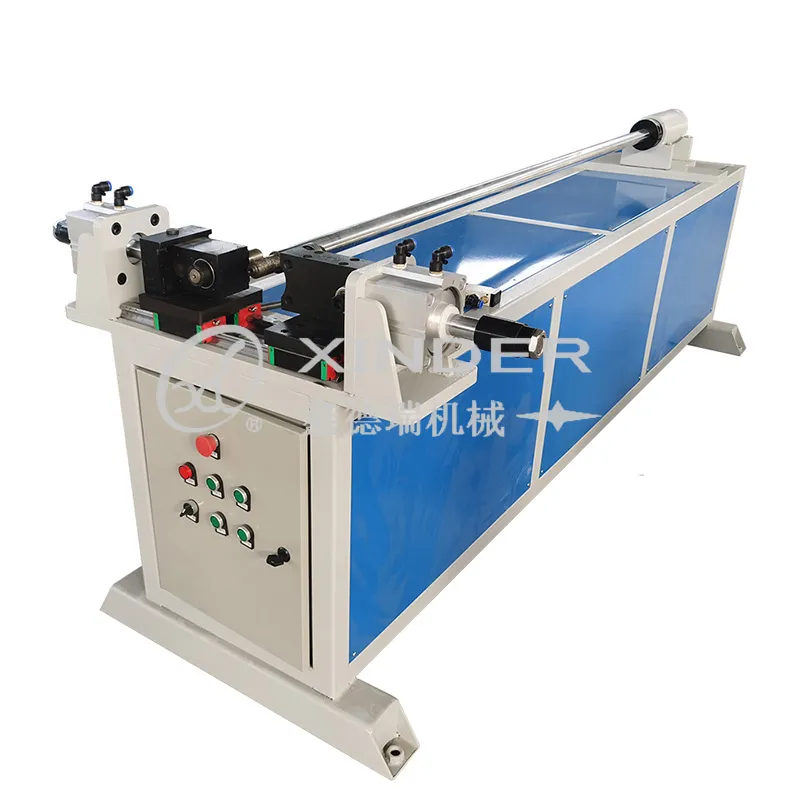-
 8613931787312
8613931787312 -
 Botou Industrial Zone on the east side of National Highway 104, Botou City, Hebei Province
Botou Industrial Zone on the east side of National Highway 104, Botou City, Hebei Province
- Afrikaans
- Albanian
- Amharic
- Arabic
- Armenian
- Azerbaijani
- Basque
- Belarusian
- Bengali
- Bosnian
- Bulgarian
- Catalan
- Cebuano
- Corsican
- Croatian
- Czech
- Danish
- Dutch
- English
- Esperanto
- Estonian
- Finnish
- French
- Frisian
- Galician
- Georgian
- German
- Greek
- Gujarati
- haitian_creole
- hausa
- hawaiian
- Hebrew
- Hindi
- Miao
- Hungarian
- Icelandic
- igbo
- Indonesian
- irish
- Italian
- Japanese
- Javanese
- Kannada
- kazakh
- Khmer
- Rwandese
- Korean
- Kurdish
- Kyrgyz
- Lao
- Latin
- Latvian
- Lithuanian
- Luxembourgish
- Macedonian
- Malgashi
- Malay
- Malayalam
- Maltese
- Maori
- Marathi
- Mongolian
- Myanmar
- Nepali
- Norwegian
- Norwegian
- Occitan
- Pashto
- Persian
- Polish
- Portuguese
- Punjabi
- Romanian
- Russian
- Samoan
- scottish-gaelic
- Serbian
- Sesotho
- Shona
- Sindhi
- Sinhala
- Slovak
- Slovenian
- Somali
- Spanish
- Sundanese
- Swahili
- Swedish
- Tagalog
- Tajik
- Tamil
- Tatar
- Telugu
- Thai
- Turkish
- Turkmen
- Ukrainian
- Urdu
- Uighur
- Uzbek
- Vietnamese
- Welsh
- Bantu
- Yiddish
- Yoruba
- Zulu
Automatic Butt Welding Machine High-Precision Pipe Welding Solutions
- Overview of automatic butt welding technology
- Key technical advantages and innovations
- Performance metrics and efficiency data analysis
- Comparative analysis of leading manufacturers
- Industry-specific customization possibilities
- Real-world implementation case studies
- Future outlook for automated welding solutions

(automatic butt welding machine)
The Evolution of Automatic Butt Welding Machine Technology
Modern manufacturing increasingly relies on advanced joining solutions like automatic butt welding machine
s to achieve precision and consistency. These systems have transformed pipeline construction and metal fabrication by integrating intelligent controls that adjust parameters in real-time. The latest pipe butt welding machine models incorporate vision systems and AI algorithms that minimize human intervention while maximizing output quality.
Third-generation equipment features adaptive feedback mechanisms that compensate for material inconsistencies, reducing rejection rates by up to 40% compared to manual alternatives. Manufacturers consistently report 30% faster production cycles after transitioning to these automated platforms. As energy infrastructure projects expand globally, demand for reliable automatic arc welding machine technology continues to grow at approximately 7.8% annually according to industry analyses.
Engineering Excellence in Modern Welding Systems
Contemporary welding automation delivers unprecedented precision through synchronized subsystems. The most advanced machines feature microprocessor-controlled servo drives achieving alignment tolerances within ±0.02mm. Integrated thermal management systems maintain optimal temperature gradients during the entire joining process, critical for preventing metallurgical defects in high-strength alloys. Such precision ensures consistent penetration depth and bead geometry across production batches.
Modern configurations incorporate hybrid welding techniques combining submerged arc welding with tandem gas metal arc processes. This multi-process approach increases deposition rates to 38kg/hour while maintaining stringent quality standards. Additional technical highlights include:
- Self-calibrating torch positioning systems with laser tracking
- Closed-loop power regulation maintaining arc stability within 2% fluctuation
- Modular designs allowing quick change between pipe diameters (15mm-1500mm)
- HMI interfaces with weld data recording for quality assurance documentation
Quantifying Operational Efficiency Gains
Independent studies document significant productivity improvements when implementing automatic butt welding solutions. Operators typically achieve 92% arc-on-time compared to 65-70% with manual methods. This efficiency gain translates directly to project timelines - where pipeline construction crews report completing welding operations 3.2 days ahead of schedule per kilometer installed. Material savings prove equally compelling, with wire consumption decreasing 15-18% through optimized deposition control.
Labor cost reductions remain a decisive factor for equipment adoption. Facilities operating pipe butt welding machines require only two technicians per shift where manual operations needed five welders plus two assistants. This personnel efficiency generates approximately $228,000 annual savings per production line while simultaneously addressing skilled labor shortages affecting the welding industry.
Manufacturer Capability Comparison
| Manufacturer | Max Pipe Diameter | Positioning Accuracy | Cycle Time Reduction | Multi-process Capability |
|---|---|---|---|---|
| Industry Leader A | 1600mm | ±0.01mm | 42% | SAW/GMAW/GTAW |
| Premium Brand B | 1200mm | ±0.03mm | 35% | GMAW/FCAW |
| Value Engineer C | 800mm | ±0.05mm | 28% | GMAW |
Application-Driven Configuration Options
Equipment manufacturers now offer specialized adaptations for distinct industrial requirements. Offshore pipeline versions feature pressurized enclosures and corrosion-resistant components rated for marine environments. For nuclear applications, remote operation capabilities allow welding in controlled zones while operators remain shielded. Modular design architecture permits rapid reconfiguration between different production scenarios, often completed within 45-minute changeovers.
Power generation projects frequently specify portable automatic butt welding machines with compact dimensions optimized for site mobility. These units maintain critical specifications despite reduced footprints, achieving 94% of fixed-station performance metrics. Customization possibilities include material-specific parameter libraries for exotic alloys and specialized clamping systems for square/rectangular sections. Leading providers document over 300 successful project-specific implementations across five continents.
Demonstrated Project Outcomes
A major Canadian pipeline contractor recently deployed multiple pipe butt welding units for 142km transmission line installation. Automated systems achieved consistent 97 joints per day despite extreme weather fluctuations, exceeding manual crew productivity by 73%. Radiographic testing confirmed defect rates below 1.2% versus the industry average of 4.5% for comparable projects. Project managers attributed $3.2 million savings directly to reduced rework and accelerated timeline completion.
Pressure vessel manufacturers report similar transformations after implementing automatic arc welding solutions. One European fabricator reduced welding cycle times for boiler components by 67% while increasing joint integrity test passes from 88% to 98.7%. Production capacity increased by 22 units monthly without expanding floor space or adding personnel, demonstrating significant capital efficiency improvements.
Forward Progress in Automated Joining Systems
Equipment evolution continues as R&D departments integrate more sophisticated technologies into automatic butt welding platforms. Next-generation models will incorporate augmented reality guidance systems and predictive analytics for proactive maintenance, potentially increasing machine uptime beyond 95%. Material science advancements will expand capabilities to include dissimilar metal joining currently challenging for conventional methods.
Industry experts anticipate wider adoption across infrastructure sectors as public works initiatives gain momentum globally. The continuous improvement trajectory for automatic arc welding machine technology promises enhanced capabilities while reducing operational costs further. Manufacturers estimate new installations will maintain 6-9% annual growth through the decade as operators recognize their strategic value in maintaining competitive positioning.

(automatic butt welding machine)
FAQS on automatic butt welding machine
Q: What is the primary function of an automatic butt welding machine?
A: Automatic butt welding machines efficiently join metal pieces end-to-end with minimal human intervention. They ensure consistent weld quality and penetration for uniform industrial production. These units are programmable for precise alignment and heat control.
Q: What materials can a pipe butt welding machine handle?
A: Pipe butt welding machines weld steel, stainless steel, copper, and alloy pipes across industries like oil/gas and construction. They accommodate various diameters and thicknesses through adjustable clamping systems. Automated rotation ensures 360° weld consistency on cylindrical workpieces.
Q: How does an automatic arc welding machine improve productivity?
A: Automatic arc welding machines boost output by performing continuous, high-speed welds with robotic precision. They reduce manual labor costs and minimize errors through programmed voltage/wire-feed settings. This automation allows 24/7 operation with consistent weld bead quality.
Q: Can automatic butt welders handle complex joint configurations?
A: Yes, modern automatic butt welders adapt to V-groove, square butt, and beveled joints via customizable welding parameters. Advanced models feature vision systems for real-time seam tracking adjustments. Programmable logic controllers (PLCs) automate complex weld sequences consistently.
Q: What maintenance ensures longevity in pipe butt welding machines?
A: Regularly clean torch nozzles and replace contact tips to prevent arc instability. Lubricate clamping mechanisms and check alignment monthly to avoid positional drift. Calibration of wire feeders and voltage outputs should occur quarterly for sustained precision.
-
Understanding Automatic Seam Welding Machines: A Game Changer in Welding TechnologyNewsJul.18,2025
-
Revolutionizing Packaging: The Role of Welding Machines in Steel and Tin Can ManufacturingNewsJul.18,2025
-
Precision in Motion: Exploring Seam Welding Machines for Industrial FabricationNewsJul.18,2025
-
Mastering Precision Bending: A Guide to Tube Benders and Their TypesNewsJul.18,2025
-
Inside the World of Barrel Manufacturing: Machines, Lines, and CostsNewsJul.18,2025
-
Exploring the Technology Behind Elbow Bending Machines in Pipe ManufacturingNewsJul.18,2025
-
Unlocking the Power of Light: Exploring Modern Laser Welding SolutionsNewsJul.15,2025
-
 Pneumatic Handle Welding MachineSep . 13, 2024
Pneumatic Handle Welding MachineSep . 13, 2024 -
 Fully Automatic Kaiping Production LineOct . 17, 2024
Fully Automatic Kaiping Production LineOct . 17, 2024 -
 Fully Automatic Metal Bucket Lifting HeadphonesSep . 14, 2024
Fully Automatic Metal Bucket Lifting HeadphonesSep . 14, 2024

